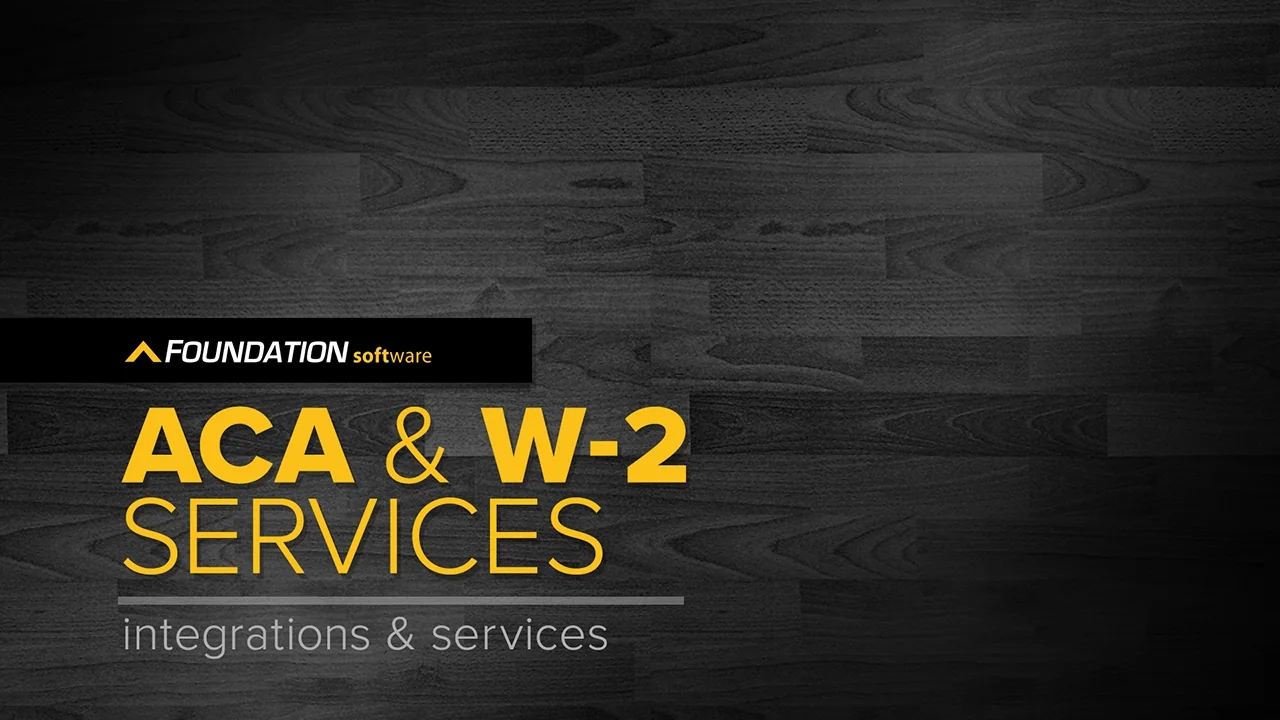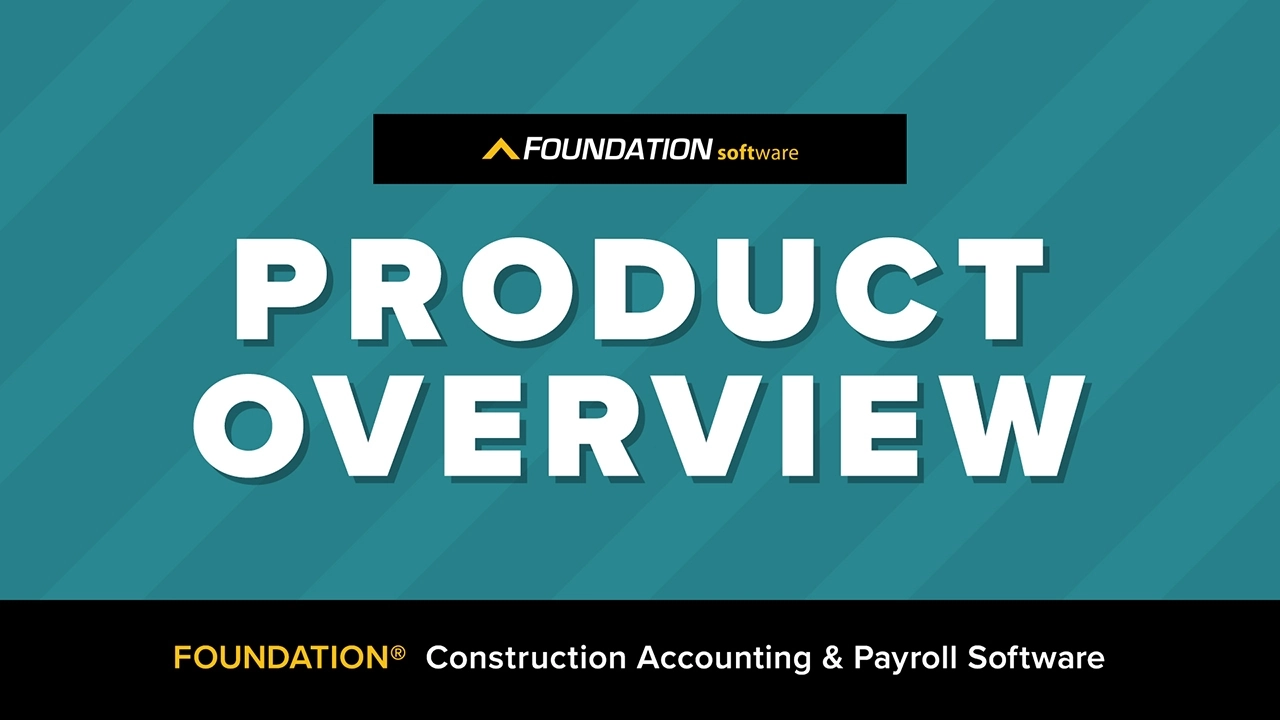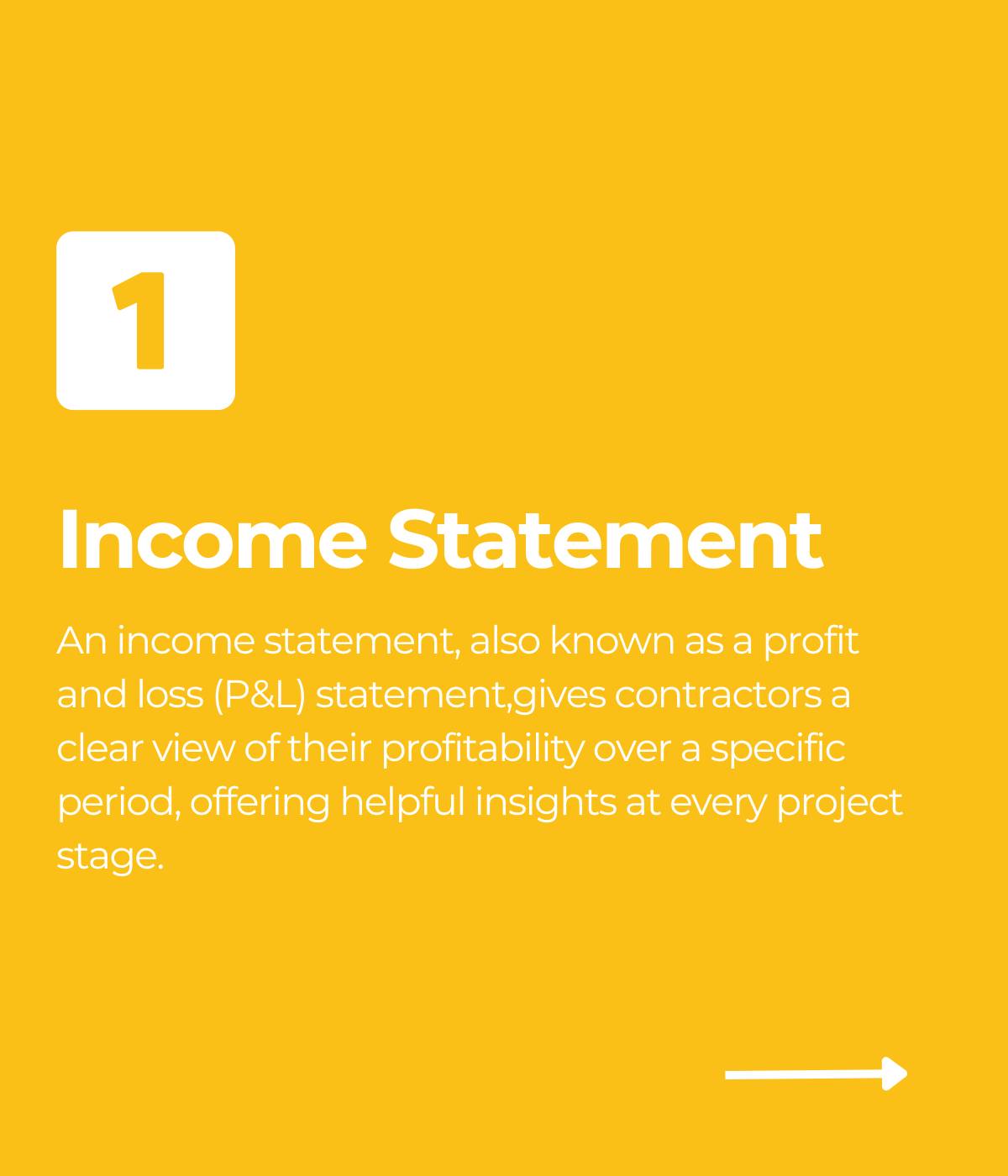
When it comes to reporting revenue from their projects, contractors have typically had a few options: when they’re paid, when they bill and when they’re done. That last option has generally been known as the “completed contract method,” and while it may seem like one of the simpler methods available, it has its own pros and cons — as well as new wrinkles through the updated revenue recognition standards called “ASC 606.”

What Is the Completed Contract Method?
The completed contract method is a rule for recording both income and expenses from a project only once the entire project is complete. This contrasts with the percentage-of-completion method (PCM), which recognizes a portion of revenue as the contractor completes the contract.
Of course, that doesn’t mean the contractor who uses the completed contract method doesn’t get paid. They’ll continue to bill and receive payment, much like they would under a different revenue recognition method. The difference is that, until the contract is complete, they’ll keep those amounts on their balance sheet rather than on their income statement.
Example of the Completed Contract Method
For example, let’s say Build-It Construction Co. invoices the owner for work completed to date on a $12,000,000 contract. They’ll debit their A/R account as normal. However, instead of crediting an income account, they’ll credit a liability account they might call “Progress Billings.”
| Account | Debit | Credit |
|---|---|---|
| Accounts Receivable | $100,000 | |
| Progress Billings | $100,000 |
Similarly, their balance sheet holds the costs they incur in an asset account. Companies may call this “Construction in Process (CIP),” “Work in Progress (WIP)” or something similar.
| Account | Debit | Credit |
|---|---|---|
| Construction in Process | $50,000 | |
| Accounts Payable | $50,000 |
Construction in Process and Progress Billings will continue to accrue until the project wraps up. Once Build-It Construction completes the contract, they may finally move these onto the income statement. To clear the full contract amount from Progress Billings, they’ll perform a debit, then credit revenue. To recognize the costs of the contract, they’ll credit Construction in Progress and debit their expenses.
| Account | Debit | Credit |
|---|---|---|
| Progress Billings | $12,000,000 | |
| Commercial Revenue | $12,000,000 |
| Account | Debit | Credit |
|---|---|---|
| Cost of Construction | $8,000,000 | |
| Construction in Process | $8,000,000 |
When to Use the Completed Contract Method
The completed contract method has certain advantages for some contractors. For one, it allows contractors to defer income for tax purposes. If a project won’t be completed until the following year, the company won’t have to pay tax on that revenue this year. Additionally, the completed contract method is designed to prevent contractors from accidentally recording “phantom revenue” on more unpredictable projects — that is, earned income they thought they would get but may not end up collecting.
Even with these advantages, it’s not always the right method. Because income and expenses hit all at once, income statements become less useful in the short term and can show major, sudden swings. Additionally, the IRS has several restrictions for when a contractor can use it. This includes a cap on the company’s average annual revenue. Completed-contract-method projects also must be completed under a specified timeframe.
Generally, the completed contract method would be used for the following reasons:
- It won’t be possible to get reliable percent-complete estimates through the project.
- There’s a reasonable chance the contract won’t be completed or collected.
- The contract is so short that splitting it up into multiple billings isn’t feasible.
ASC 606 and Point-in-Time Transfer
The revenue recognition standards that ASC 606 introduced changed the equation slightly for contractors reporting under U.S. GAAP. This is because instead of looking at contract completion, ASC 606 looks at the completion of performance obligations. And a single contract may include one or multiple performance obligations.
Overall, revenue is recognized for performance obligations based on when “transfer of control” occurs. This is essentially when the work becomes the customer’s to own and have use of it. And that may take place either over time (think: PCM) or at a single point-in-time at the end (think: contract completed). In either case, transfer of control will usually be determined by the contract language — not by how the contractor wants to recognize revenue. Transfer of control, in turn, will be what dictates how the contractor is to recognize revenue.
A contractor recognizes revenue for a performance obligation at a single point-in-time when any of the following conditions are met:
- The customer doesn’t receive or consume benefits from the work until the very end.
- The contractor creates or enhances an asset that’s under their own control.
- If the contract were to fall through, the contractor would still be able to make another use of the asset and wouldn’t yet have the enforceable right to payment.
Example of Point-in-Time Transfer
Imagine Build-It Construction is developing a property on land they own and that they’ve contracted to sell together to Jones Realty, Inc. Build-It has all of:
- physical possession
- legal title
- and use and benefit
until the paint dries and the keys change hands. Therefore, during construction progress, Jones Realty doesn’t gain anything from the work done. Under the contract, they pay Build-It periodically for progress completed, but there’s no transfer of control yet. Accordingly, as with the completed contract method, Build-It holds the value of their billings on their balance sheet before they can recognize it on their income statement.
Now, suppose Jones Realty becomes insolvent and breaches the contract. There’s no more Jones Realty to take control of the performance obligation — or to pay them! Avoiding “phantom revenue” from this situation is one reason why it’s good they don’t record their collections as income right away. In this case, however, Build-It should be able to finish the property and turn it over to another buyer. And this demonstrates another reason why point-in-time recognition may be appropriate for them to use. Once they do, their costs and income will shift from the balance sheet to their income statement.
Conclusion
While guidance for revenue recognition may have changed in recent years, contractors will find much from the completed contract method alive and well. If the gist is to hold off revenue from the income statement until it’s assured, ASC 606 point-in-time recognition uses a similar procedure. Where the completed contract method looks at contracts, however, ASC 606 looks at performance obligations. Additionally, contractors who wish to take advantage of tax deferral benefits from point-in-time transfers, they may need to make sure that their contracts provide the appropriate conditions for that method.

Finally, when assessing and choosing revenue recognition methods, contractors should consult with their construction-specific CPA. Make sure you’re getting all of the assistance you need to make sure your accounting procedures are appropriate for both tax and reporting purposes, as well as being helpful in giving you a full and accurate picture of the health of your construction business.
Share Article
Keep on current news in the construction industry. Subscribe to free eNews!
Our Top 3 YouTube Videos
Learn about our software more in depth with product overviews, demos, and much more!

Our ACA reporting & e-filing services include official 1094-C and 1095-C IRS reporting, optional e-filing (no applying for a TCC code required), mailing to your employees and experienced support to help you.

There are plenty of reasons to make FOUNDATION your choice for job cost accounting and construction management software — just ask our clients!

From job cost accounting software, to construction-specific payroll. Get an overview on your next all-in-one back-office solution.









